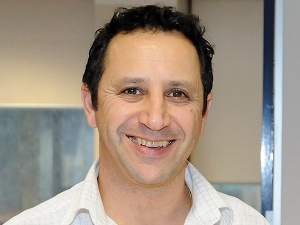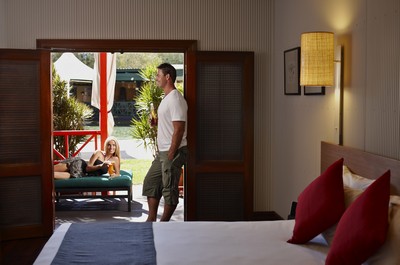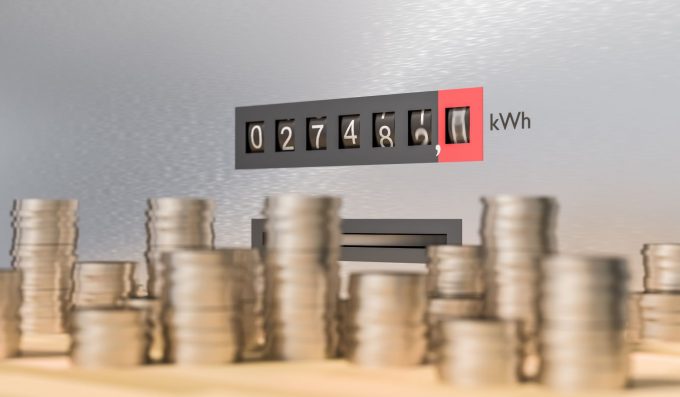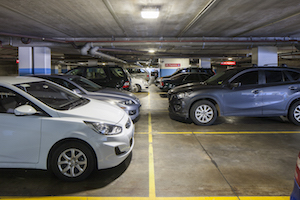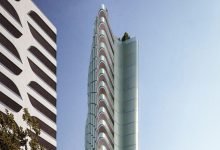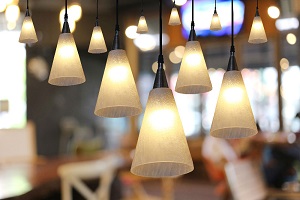Savings From Day One
Sofitel Melbourne on Collins has just installed a brand new tailored system for their guestrooms with the help of Airmaster. Anton Van Den Brink, Sofitel’s chief engineer, had plenty to elaborate on the topic that may benefit anyone looking to install or use a similar guest room energy management system system.
The system design used by Sofitel was based on documentation supplied by the consultants, Digital Property, that has had experience working with clients before where occupancy levels would control the conditioned space more efficiently. This was done in the past, with Hoyts for instance, through “a high level interface to their ticketing system”. Something similar has now been installed at Sofitel Melbourne on Collins: a full building management system solution rather than independent room controls so as to attain the highest level of savings.
Paul Edwards, the national manager of controls and automation from Airmaster, specified that the system used was a Schneider I/A Series field controller and wall display/sensor, equipped with motion sensors, a local interface with CBUS lighting and a Tridium NiagaraAX management layer that includes a high level interface with the Micros reservation system.
According to Mr Van Den Brink, installing the energy management system “was a huge job that was researched beforehand regarding its cost effectiveness” and to that end “a 30-day energy trial with a couple of rooms showed that energy savings increased by 20-25% in those rooms” that was undoubtedly a spectacular result. Particularly for Sofitel, whose motivation for installing this new system “was all about energy savings”. For instance, one of the great features of the new system is its motion detection; after 20 minutes without motion in a room, all power to the lighting is automatically switched off and the air conditioning goes into set back mode.
There are a variety of significant benefits with this system, to the environment and also to hotel efficiency. One major one is that the installation allows each room to be controlled centrally when it is unoccupied so that room temperature can be set, raised or lowered to allow for maximum energy savings. “The design also ensures that fresh air is circulated around the room on a regular basis to stop the rooms filling with stale air.”
As part of the trial process, Mr Edwards described how a pilot room was set up fully equipped with data loggers to record the energy consumption of a single room as a whole. This installation initially took place in two guestrooms located next door to one another, one with old pneumatic controls and the other with new digital controls. “Over a 43-day sample period there was a 30.5% reduction in energy consumption for the upgraded room.” It was this type of result that gave Sofitel the final push to make this technological upgrade.
The process of making the upgrade was relatively stress-free for the team at Sofitel, with the initial step then involving the laying of communications cabling to ensure that all rooms would be fully operational when upgraded. Mr Edwards explained, “We had a team of guys working on four rooms at a time: the control boxes including all relays, power supplies, terminals, etc., were manufactured off-site prior to any works taking place, and rooms were then released by hotel management based on their occupancy levels.” He further established that he “worked very closely with hotel management to ensure minimal disruptions were caused by the installation”.
Mr Van Den Brink added to this, stating that “Airmaster were great to work with and very professional in their approach”. He also professed the importance of their team meetings that were arranged to sort out any dilemmas and worked brilliantly in overcoming the few hurdles that appeared along the way”. All in all though, “Airmaster was here when we needed them” and the “in room” part of the system was up and running within seven months.
In terms of these hurdles, Sofitel chose Airmaster to install their sophisticated new system because Airmaster was familiar with it and well versed in the installation process as well as the things that can complicate it. Ultimately it was the offer of co-consultation and Airmaster’s ability to install a reliable and durable system, as well as their promise of continued system support that sealed the deal for Sofitel. Mr Van Den Brink states that it would be unlikely for anything to go wrong during the installation process as “the system only has a few key components that can be replaced quickly. The integration into the front office system assists with maximising the savings potential”. The system itself has an IP address so it is dial in and allows the hotel to “get a global snapshot of the state of the system”. However, he would recommend to hotels that they ensure they have sufficient space for any new equipment or enclosures if they are looking to enact this installation, because hotel rooms are always pressed for space. “There were also minor issues found with the electronic transducers that were used, so existing pneumatic valves did not require changing.” This would be something else to keep in mind.
The main motivation for installation was the cost savings in energy bills – and the compliance to the ISO14001 environmental standards and subsequent accreditation – The whole roll out took 1 year – 363 rooms – worked around the occupancy – minimum disruption – Airmaster worked well in collaboration with housekeeping, front desk and engineering staff. The savings commenced from day one.
Overall the new system has worked well for Sofitel: not only is it incredibly environmentally friendly but guests benefit from its convenience. For instance, the clearer temperature readings make the temperature in the guest room much easier to control. Mr Van Den Brink’s advice to others wanting to install this system is to test it out in a couple of rooms first and research the companies on the market who install; look at a system that is proven, tried and tested. Another important piece of advice is to ensure that the new software is compatible with any existing software. From start to finish the entire process took approximately one year to upgrade 363 rooms with minimal disruption to hotel guest. The installation also contributed to achieving ISO14001 accreditation, showing the Sofitel’s continuous efforts in reducing its environmental footprint. Airmaster was able to work well in collaboration with housekeeping, front desk and engineering staff as well as enabling Sofitel savings from day one of installation.
As Mr Edwards said, Sofitel “was very happy with the remote visibility of the room conditions and the performance of room A/C without having to overcome disruptions”. For other hotels, Mr Edwards suggests it would “definitely be worth discussing options for measurement and verification tools such as Metrix that can be applied six to twelve months prior to work starting as this provides a good base line for all parties”. Ultimately, “a lot of customers don’t believe they need this data as they expect their bills will directly reflect the works when in fact other site works, weather, utility changes and other minor factors all contribute and are hard to dissect from one common bill”.
Research is key when undertaking a system upgrade of this scale but, as Airmaster and Sofitel Melbourne on Collins have shown, it is definitely worth it.
Another aspect of the refurbishment was the need for brand new televisions. Continuing on with their environmentally conscious investments, Sofitel requested an energy efficient, reliable product that would meet the needs of this new energy management system. Paul Yardley, managing director, spoke on behalf of Yardley Hospitality, who supplied the Samsung televisions Sofitel chose. The televisions “concentrate on energy efficiency and reliability as before” and come with a three year warranty. Yardley Hospitality serves as Sofitel’s first point of contact, it deals with Samsung so that Sofitel need not; this is a reassuring service for any hotel, with one less thing to worry about. According to Mr Yardley, Sofitel is “very happy with their new televisions”, and the supplier’s timeline was able to “fit perfectly with the overarching refurbishment”.
He also commented on what he believes will be the most important audio-visual trends in 2013-14. “Larger, thinner screens are ever on the increase. Hotels are also looking at energy efficiency and lowering energy consumption and in turn lowering their energy bill by using LED technology. Hotels tend to go for larger screens – 100cm or above – and Smart TVs are preferable, so they can offer guests the ability to connect to their personal devices such iPhones, tablets and laptops”.

AccomNews is not affiliated with any government agency, body or political party. We are an independently owned, family-operated magazine.

